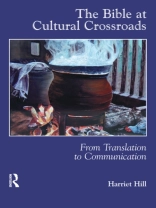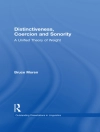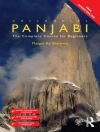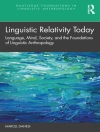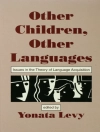Bible translators have focused their efforts on preparing a text that is clear, natural and accurate, with the expectation that audiences will understand the message if it is in their language. Field research among the Adioukrou of Cote d’Ivoire shows that audiences also need to have access to the contextual information the author expected his audience to bring to the text. When such information is provided, both understanding of and interest in the message increase dramatically. These findings support Relevance Theory’s claim that meaning is inferred from the interaction of text and context. To the extent that the contextual knowledge evoked by the text for contemporary audiences differs from that evoked for the first audience, understanding is impaired. The Bible at Cultural Crossroads presents a model to assist translators in identifying contextual mismatches and applies it on the thematic level to mismatches between first-century Jewish and Adioukrou views of the unseen world, and on the passage level to contextual mismatches arising from four Gospel passages. In-text and out-of-text solutions for adjusting contextual mismatches are explored, with field research results showing the effectiveness of various solutions. Context is shown to be both a significant factor in communication and a dynamic one. Translations of the text alone are not sufficient for successful communication.
Harriet Hill
Bible at Cultural Crossroads [PDF ebook]
From Translation to Communication
Bible at Cultural Crossroads [PDF ebook]
From Translation to Communication
购买此电子书可免费获赠一本!
语言 英语 ● 格式 PDF ● 网页 294 ● ISBN 9781317640516 ● 出版者 Taylor and Francis ● 发布时间 2014 ● 下载 6 时 ● 货币 EUR ● ID 3279969 ● 复制保护 Adobe DRM
需要具备DRM功能的电子书阅读器
